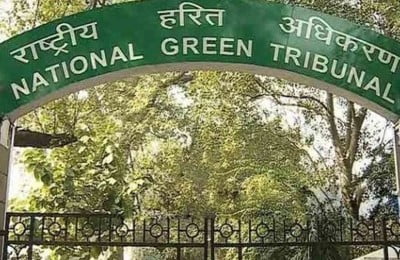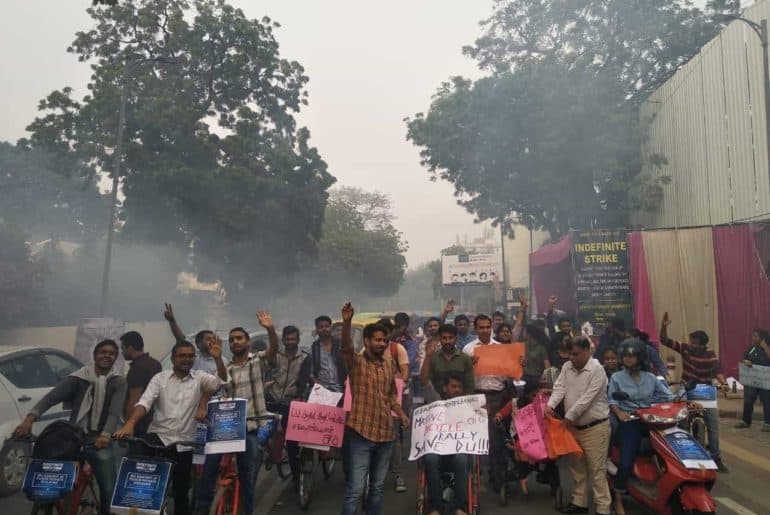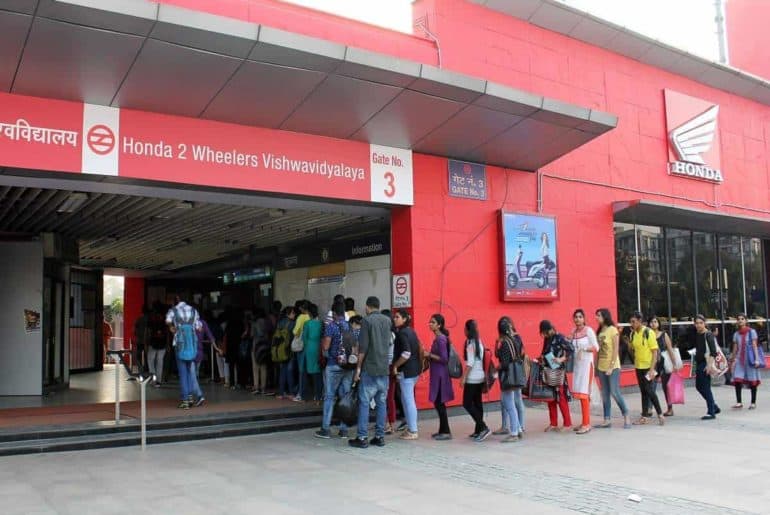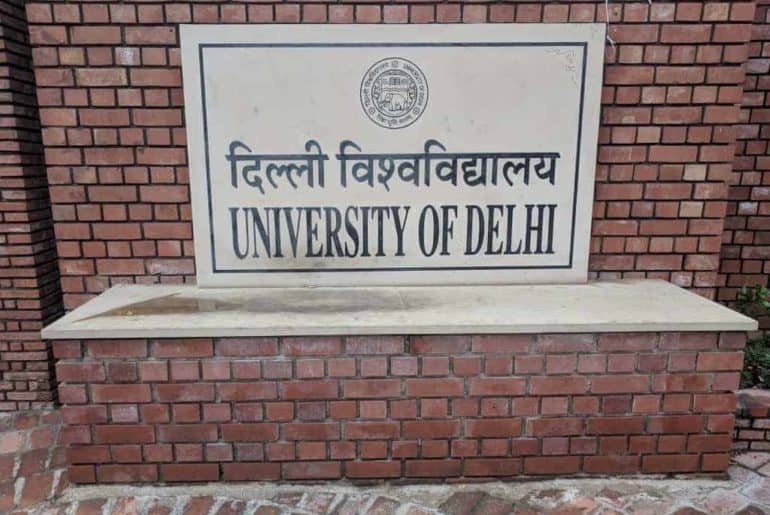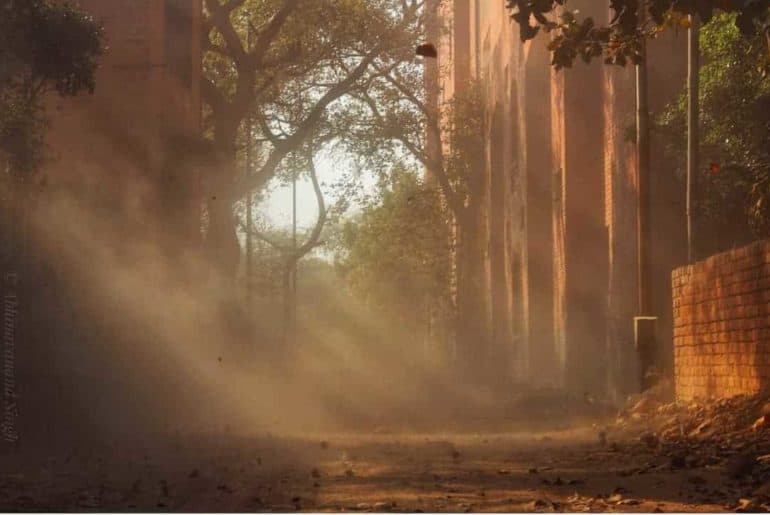Days after the apex court ruled in favour of the developer and set aside the National Green Tribunal (NGT) order of status quo, the green panel has restrained the developer from proceeding with the construction.
In a series of events involving the highest authorities of the nation, the NGT has ordered to stop all construction activities for the second time, as the Supreme Court had directed the green panel to take note of the counter affidavit moved by Young builders (YP) and pass orders in accordance with law. The top court said, “the same shall be done in an expeditious manner. All contentions of the parties are left open”.
The NGT, on 3rd February 2020, restrained the builder from proceeding with the construction. A bench headed by NGT Chairperson Justice Adarsh Kumar Goel observed, “While accepting prayer for adjournment, we direct that the project proponent may not proceed with any further activity till further consideration of the matter by this Tribunal.”
Earlier in January, the NGT had issued status quo on the construction of the building, and the same was challenged by the counsel of YP, asserting that the State Environment Impact Assessment Authority (SEIAA) had granted an Environmental clearance (EC) for the project. But the counsel for Delhi University had claimed that EC could be granted by the Ministry of Environment and Forests and not by SEIAA as the project is within 10 km from a critically polluted area.
The NGT ruled that no construction could take place till the panel completes its deliberation on the same. A report from the Ministry of Environment is expected to be the decision-maker.
Feature Image credits: The Hindu
Feature Image caption: NGT directs Young Builders to stop construction.
Kuber Bathla

